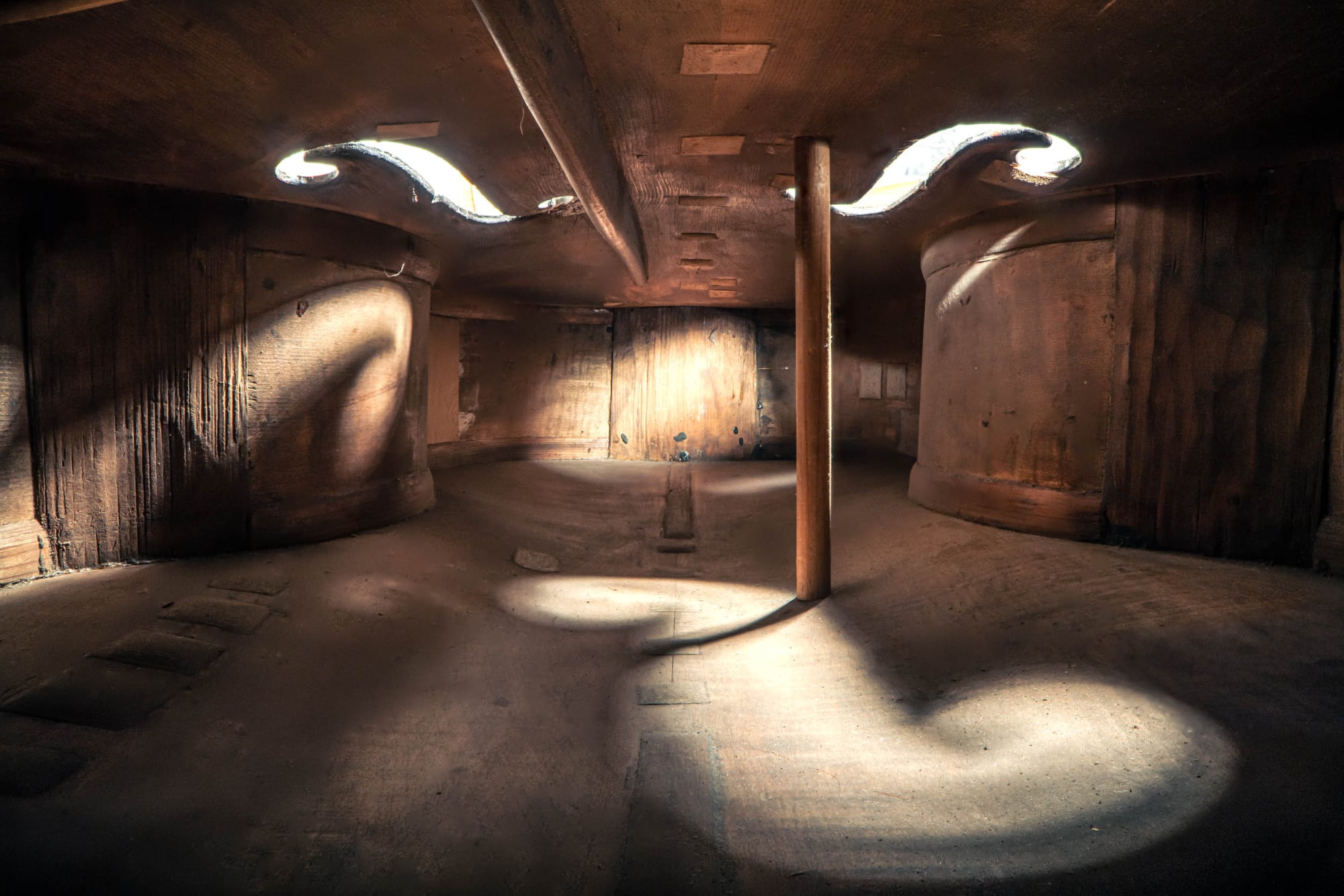
Charles Brooke (2022),
1780 Lockey Hill Cello
(From a collection of photos: Architecture in Music)
Again Jesus spoke to them, saying, “I am the light of the world; he who follows me will not walk in darkness, but will have the light of life.” The Pharisees then said to him, “You are bearing witness to yourself; your testimony is not true.” Jesus answered, “Even if I do bear witness to myself, my testimony is true, for I know whence I have come and whither I am going, but you do not know whence I come or whither I am going. You judge according to the flesh, I judge no one. Yet even if I do judge, my judgment is true, for it is not I alone that judge, but I and he who sent me. In your law it is written that the testimony of two men is true; I bear witness to myself, and the Father who sent me bears witness to me.” They said to him therefore, “Where is your Father?” Jesus answered, “You know neither me nor my Father; if you knew me, you would know my Father also.” These words he spoke in the treasury, as he taught in the temple; but no one arrested him, because his hour had not yet come.
(John 8: 12-20 RSV)
REFLECTION: Have you ever reflected on how artificial light distracts us from appreciating the harmony of colours in natural light? If you’re a photography enthusiast, you surely know the difference. In the series Architecture in Music, Charles Brooks used an aperture of f/14, which for those who are not well versed in photography, means that he required a significant amount of light to capture relevant photos of the inside of instruments.
God is this light; strong and pure. From the beginning of the Gospel, John looks at God as the light of mankind; the light shines in the darkness, but the darkness has not understood it (John 1:5). The light is a symbol of goodness. God is goodness and therefore cannot operate outside of Himself. The narrative of today’s Gospel, is only a foretaste of this goodness, just as the sun is only a foretaste of this Divine light. On Tabor, during the Transfiguration, the disciples experienced a light they couldn’t keep their eyes on.
Today’s image represents a play of light and shadow, inside a cello. It’s as if the light has this mysterious element that uncovers all that’s hidden. It reaches places that when in the dark, remain hidden.
Many times in our life, we try to turn on an artificial light on aspects of our character that we know will be liked by the other person. We are happy to show photos that represent all that’s beautiful within us. However, just like artificial light, this happiness soon turns off – every time I meet the real me; every time the light of God lights up in me weak aspects of my personality.
To live in the light of Christ means that first and foremost I live in truth and in the most pure and simple way, and that I’m transparent and don’t escape my realities. To live in the light of Christ asks of me to allow the light to be lit on the biggest secrets that burden and harm me spiritually. It asks of me that I allow others to see this. It asks of me that like the sinful woman from today’s Gospel, I fall down at Jesus’s feet with all of that, and let Him console me. It asks of me to go before a confessor and share with him all that’s burdening me without the need to hide anything. It is in this weakness of mine that the true light will shine. This is the eternal light.
How willing are you to welcome this light? How willing are you to share all that this light is showing, in an honest confession? How willing are you to welcome the word of God, “Then neither do I condemn you”? Do not be disheartened, and during this period find time to have an honest confession. True light brings nothing but happiness and healing. Know where it is taking you.